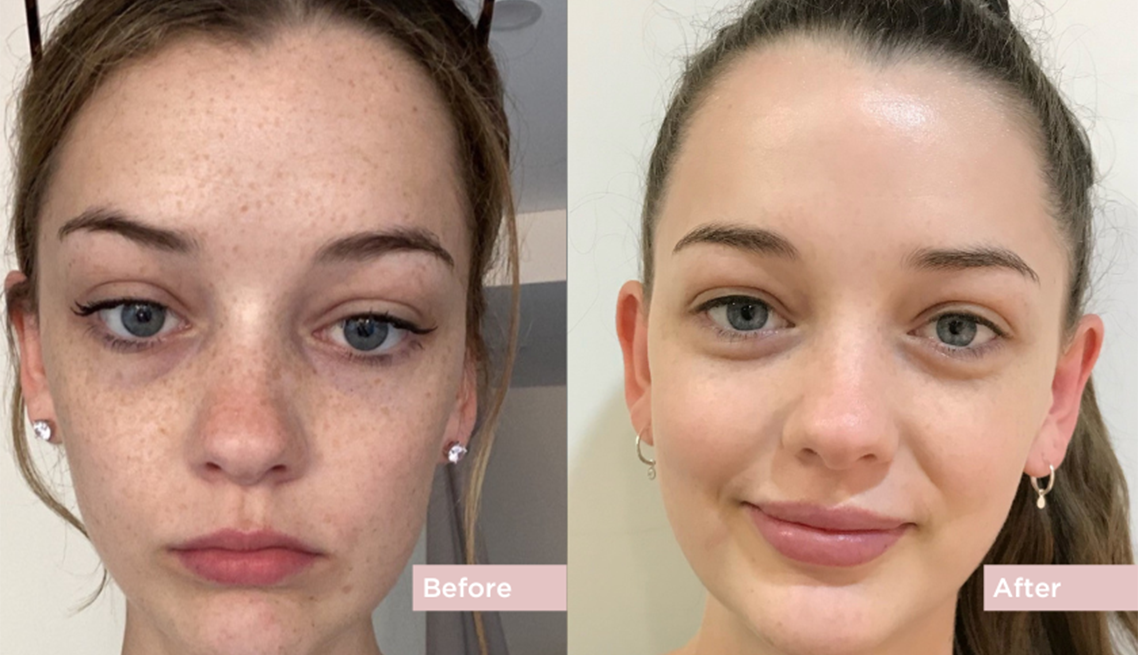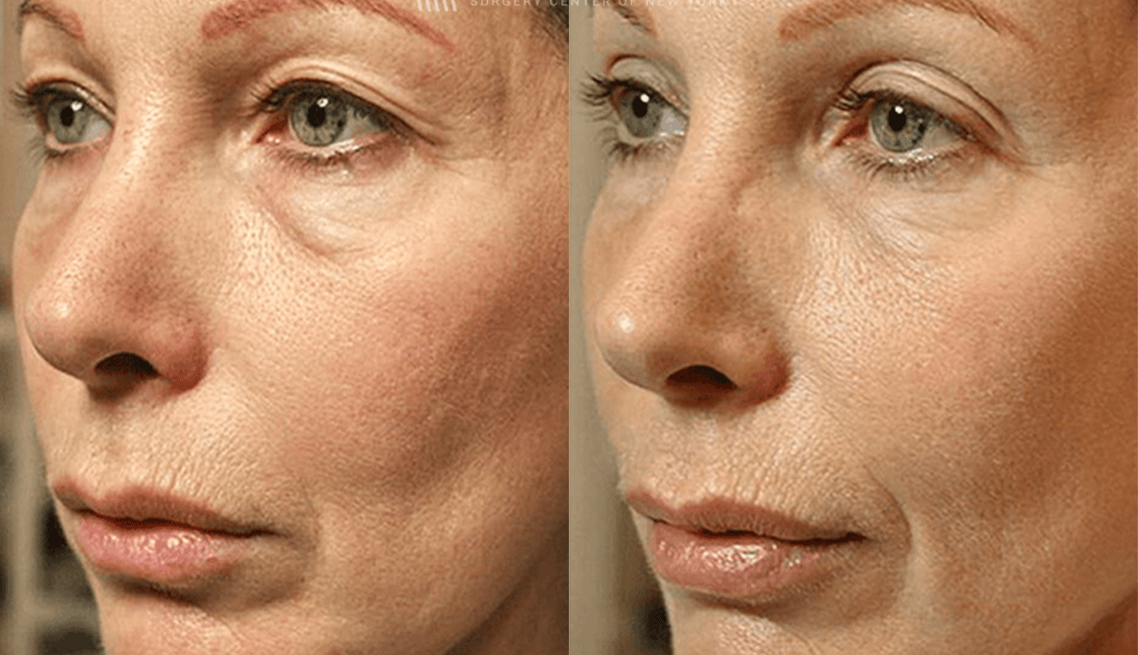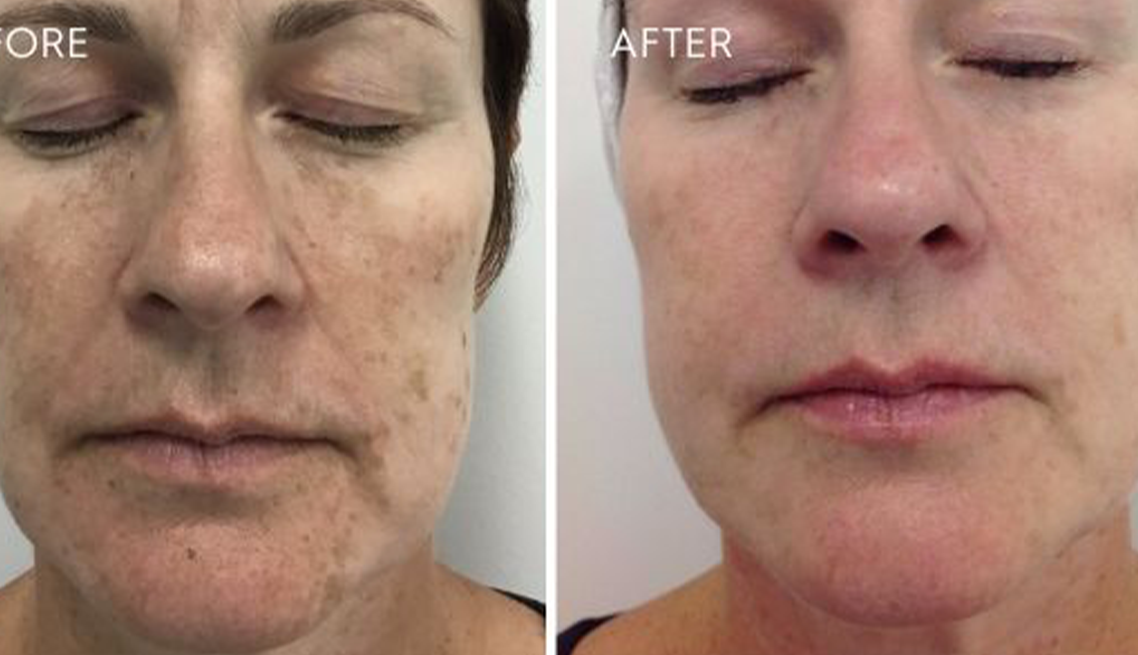Best Skin Pigmentation Treatments
Pigmentation is a common concern that can affect your complexion adversely and may appear in different forms like melasma, freckles, sunspots, pimple marks and more. Find safe and effective scientifically-proven treatments recommended by top dermatologists for minimising different types of pigmentation issues right here to restore your spotless complexion and youthful radiance.
What Is Pigmentation & What Causes it?
Our skin’s colour, or pigmentation, is determined by melanin production. When there’s an excess of melanin, it results in skin darkening or hyperpigmentation. The reasons for the overproduction of melanin or hyperpigmentation can be both internal and external.
Internal factors include:
- Genetic elements.
- Issues with the endocrine system.
- Hormonal imbalances.
- Certain health conditions like Addison’s disease.
- The natural ageing process.
- Skin inflammation is caused by breakouts or protein accumulation.
External factors include:
- UV radiation,
- allergies,
- medication reactions,
- Few skin injuries
NOTE:
It’s crucial to note that individuals with darker skin tones are more prone to hyperpigmentation due to overactive melanocytes.
Common Types Of Pigmentation
Most pigmentation concerns result in discoloured patches of skin that appear darker than the surrounding areas, making the skin tone uneven. The most common types of pigmentation concerns include:
- Age spots: Also known as sunspots or liver spots, they occur primarily on sun-exposed areas such as the face, chest, shoulders and arms. They appear as brown, tan or black coloured spots on the skin because of increased localised melanin production stimulated by ageing-related degeneration and prolonged sun damage.
- Melasma: Women often develop large and irregular patches of dark skin during pregnancy on the forehead, nose, upper cheeks, lips and stomach that persist for long, increase with sun exposure and tend to recur. It is also known as Chloasma or the mask of pregnancy. Men may occasionally have this type of pigmentation too.
- Freckles: These are tiny light brown to black irregular spots occurring on the face, especially around the eyes, cheeks and nose in young to middle-aged adults. They may be familial and increase by extended UV exposure without sun protection.
- Post-inflammatory hyperpigmentation (PIH): PIH appears as dark spots or patches after an inflammatory skin disturbance, such as acne or eczema. They usually appear on the face and neck but may occur in any body area.
- Macular Amyloidosis: This type of pigmentation refers to greyish or dusty brown stains that appear anywhere on the body, especially on the arms, back and chest. These dark patches with a rippled pattern appear due to the accumulation of amyloid or amyloid-like proteins in the dermis. They are a common skin concern among middle-aged females.
- Suntan: Hyperpigmentation may occur in common areas such as the face, neck and arms due to prolonged exposure to harmful sun rays. Acute skin damage due to UV radiation may lead to sunburns or even skin cancer.
- Lichen planus pigmentosus (LPP): This condition leads to large, diffused grey patches in sun-exposed body areas. It results in persistent, stubborn pigmentation that occurs primarily on the face and neck of dark-skinned individuals.
Now that you know about the common pigmentary concerns, it is time to find out about available advanced aesthetic treatments for minimising them painlessly and visibly.



